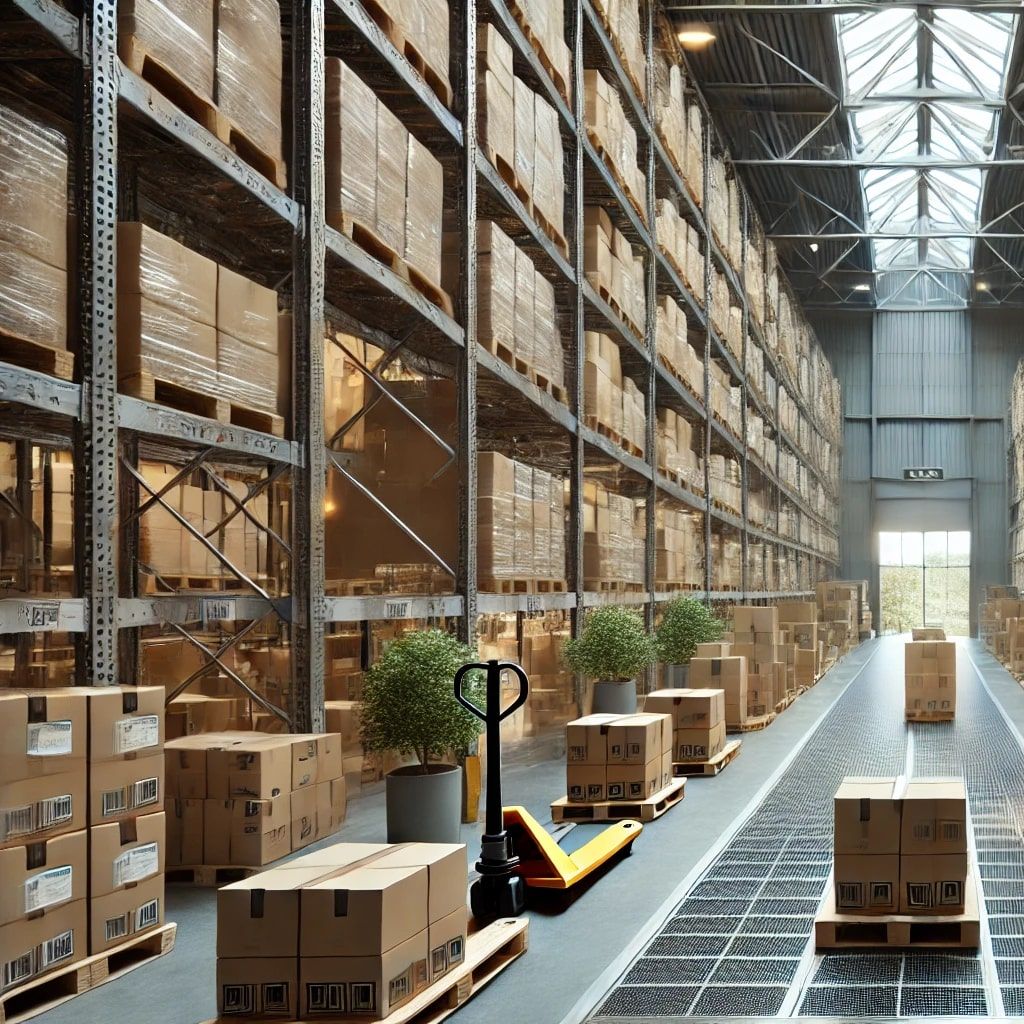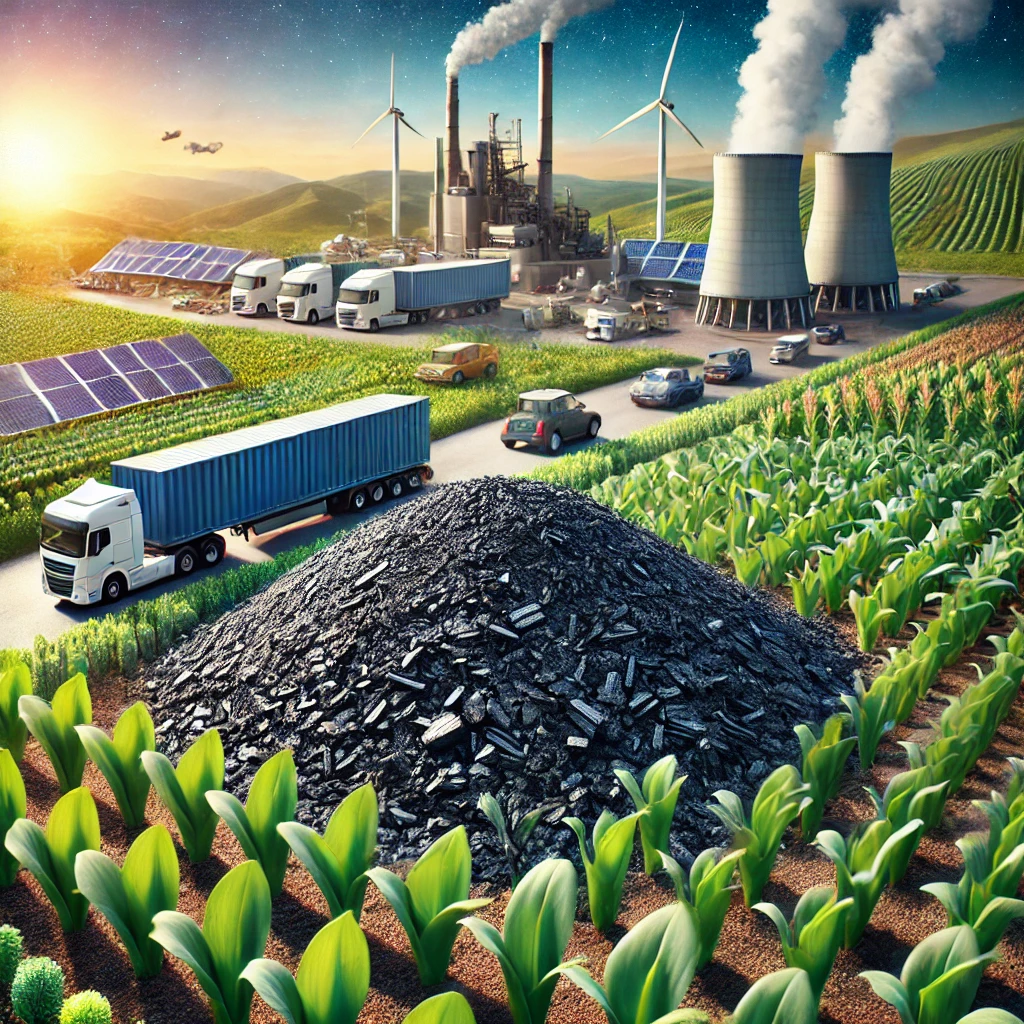
From Plastic to the Future: Innovations for Sustainable Packaging
In recent years, the focus on environmental sustainability has taken center stage in many industries, and logistics is no exception. One of the most critical areas is packaging, which plays a vital role in protecting and transporting goods but significantly contributes to waste generation and overall environmental impact.
The Problem with Conventional Packaging
Traditional packaging, often made from single-use plastics or materials that are difficult to recycle, represents one of the leading sources of environmental pollution. According to the Ellen MacArthur Foundation report, approximately 300 million tons of plastic are produced annually, a significant portion of which is used for packaging. Unfortunately, less than 14% of these materials are effectively recycled, while the rest ends up in landfills, incinerators, or worse, natural ecosystems.
What Does Sustainable Packaging Mean?
Sustainable packaging must meet several criteria:
Recyclable or Biodegradable Materials:
It must be made with materials that can be recycled or decompose without leaving harmful residues in the environment.
Reduction in Raw Materials:
It should minimize the use of resources, avoiding waste and reducing the weight and volume of packaging.
Reusability:
It should be designed for multiple uses, reducing the need for new production.
Responsible Production:
It should be manufactured using processes that limit CO2 emissions and the use of harmful chemicals.
Advantages of Sustainable Packaging
Adopting green packaging is not only an ethical choice but also a beneficial strategy for businesses. Here are some of the key benefits:
Long-Term Cost Reduction:
Reusable packaging or materials made from recycled sources can lower overall operational expenses.
Enhanced Brand Image:
Consumers are increasingly mindful of sustainability and reward companies that adopt responsible practices.
Regulatory Compliance:
Environmental regulations are becoming stricter, and sustainable packaging helps businesses stay ahead of future requirements.
Contribution to Carbon Footprint Reduction:
This is essential for companies that aim to contribute to global sustainability goals.
Innovations in the Packaging Industry
The packaging sector is experiencing a technological revolution driven by innovations aimed at reducing environmental impact. These include:
Bioplastics:
Materials derived from renewable sources like cornstarch, sugarcane, or algae, offering a sustainable alternative to traditional plastics.
Edible Packaging:
Used in specific industries, such as food, it represents an innovative solution to eliminate waste entirely.
Recycled and Regenerated Materials:
Recycled paper and cardboard, as well as regenerated plastics, are being increasingly adopted.
Smart Technologies:
Intelligent packaging that can monitor product freshness, helping reduce food waste.




